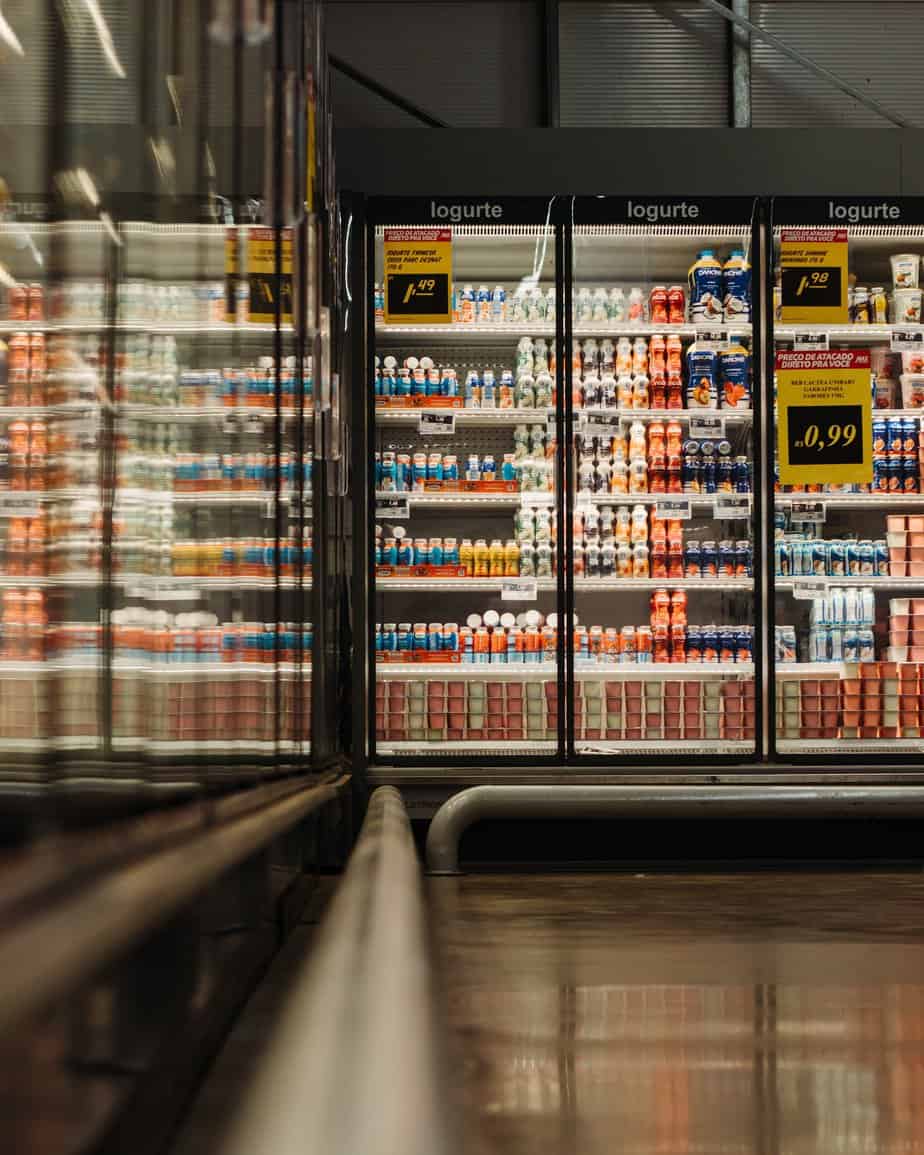
Centuries ago, it all started with traditional sales without receipts. Then came supermarkets, which are based on consumers’ free access to a wide selection of products. The next step was the active development of the online sales channel, primarily in the non-food segment. Food retailing is also slowly moving to the Internet. The fundamental difference between this format and regular commerce is the almost complete lack of communication between buyers and sellers.
Offline commerce is also actively mastering digital technologies. For example, the U.S.-based Walmart is using robots to scan shelves for replenishment and check that prices and product labels are correct. More and more retail outlets around the world are equipped with self-service checkouts, and robotic carts that follow their “owners” are no longer a fantasy. Thus, the emergence of unmanned stores is a logical continuation of the development of traditional trade through digital technologies.
In 2017, the active development of fully automated stores in China was announced. In 2018, the Tesco chain launched a pilot project to create stores without service at checkouts and without using cash. To make a purchase, consumers need to scan their purchases with their smartphones and make payments through them. At first glance, the new sales format should spread quickly around the world, as it is convenient for both store owners and consumers.
For stores, there is a one-time investment in technology and then a monthly cost to maintain the system, while staff costs are reduced. Employees in this model are needed only to ensure that goods are restocked on shelves and properly displayed. However, behind the obvious advantages are high start-up costs for the technology. As the format grows, costs will decrease, but for now not all stores can afford such an investment. In addition, offline stores rely on consumer trust, and it will certainly not be possible to completely eliminate the risk of theft. This, in turn, entails investing in technology to track purchases or plan early for losses due to theft.
With smartphone checkout, customers not only save time, but also immediately see the final amount while still completing their shopping cart. There is also nothing to prevent such stores from being 24/7, which is also convenient for the consumer. Also in favor of the new shopping format is the fact that one of the main categories of consumers today is Generation Z, inseparable from gadgets, valuing their time and innovation.
However, although consumers are ready for the new cashierless stores, they will not completely replace the traditional format, at least in the coming years. For budget chains, the cost of implementing the technology exceeds the potential profit. In addition, for many people, going to a store is part of socializing, so customers expect service to be there.
main photo: unsplash.com/Eduardo Soares